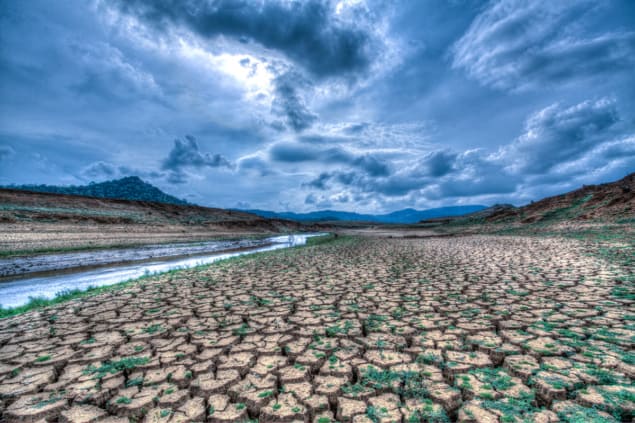
A common maxim about climate change says that wet places will grow wetter, while dry places will dry more. A recent study by US scientists suggests that, when it comes to effects on humanity, rising dryness will be key.
“We show that although some regions do get wetter, many of those are sparsely populated,” says Megan Lickley of the Massachusetts Institute of Technology (MIT), US. “So from the viewpoint of humanity, ‘wet-get-wetter, dry-get-drier’ doesn’t characterize our human future, which is [actually] heavily dominated by drying.”
By 2100, half the world’s population will live in regions where dryness has risen by at least 5%, Lickley and colleague Susan Solomon showed. Assuming a high, “business as usual” emissions scenario, areas that are technically arid will be home to 700 million more people than today.
The populations worst affected will be in Africa and Asia, according to the team. Northern Africa has already begun to see rises in aridity.
Lickley and Solomon calculated an aridity index from parameters such as temperature, precipitation and humidity generated by a collection of climate models, for different areas and for all years in the 20th and 21st centuries. Then they overlaid changes in the aridity index with data on current and forecast population distributions.
The researchers found that drier regions are projected to dry earlier, more severely and to a greater extent than relatively humid regions, mostly because of changes in precipitation. The dry regions tended to coincide with regions of high and increasing population.
“Most of humanity will live in a more arid world,” Lickley and Solomon write in Environmental Research Letters (ERL).
“As climate change continues to impact human life, improving our understanding of the timing, drivers, and how such changes coincide with human populations will better inform adaptation and mitigation strategies,” says Lickley. “Our research aims to shed some light on what the future – given the business-as-usual emissions scenario – might hold for populations, and in particular vulnerable populations with fewer means to adapt to a rapidly changing climate.”



